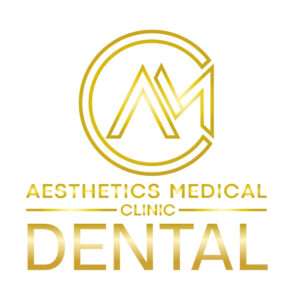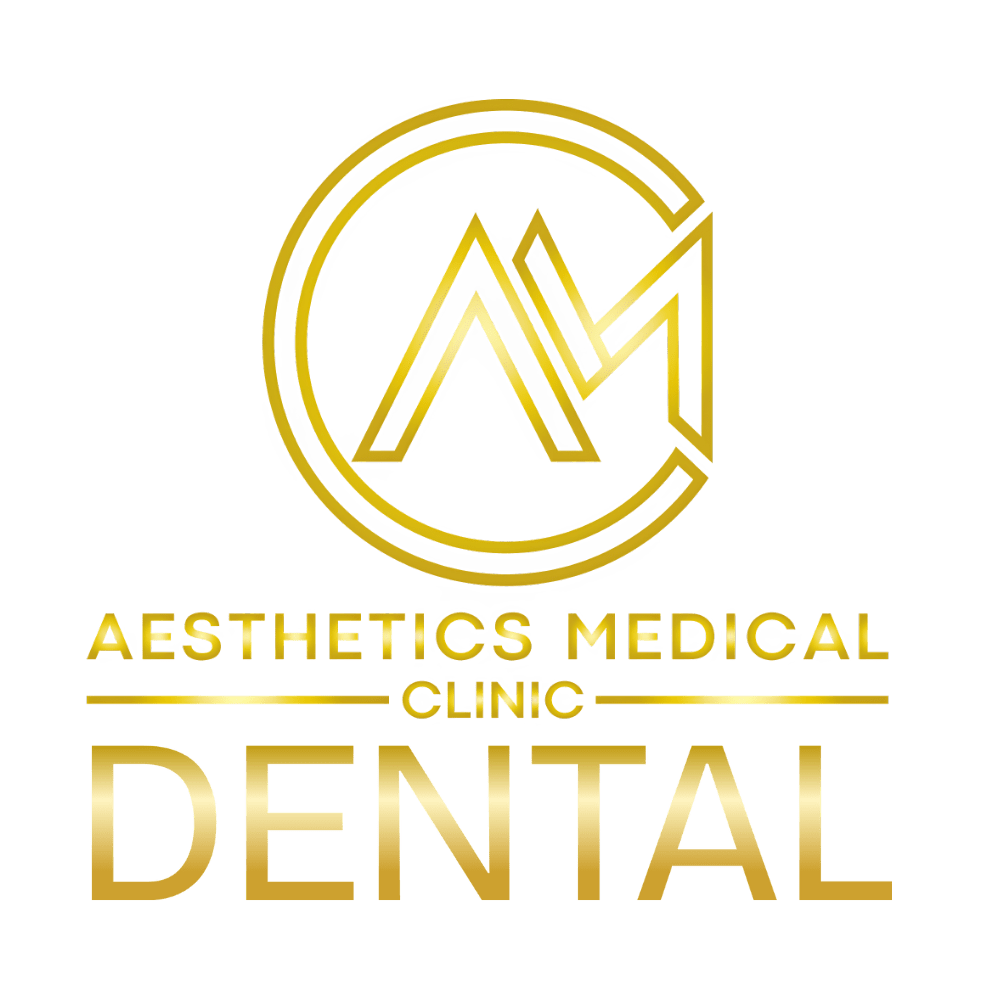Booking form
Your dental transformation starts here. Secure your appointment for a healthier, brighter smile today!

Frequently asked questions
Find everything you need to know about your appointment
When your teeth have white spots on them prior to whitening, there is usually one of two things that happen once you commence whitening – The white spots will disappear as the surrounding tooth whitens, and they become less noticeable, or, the teeth get whiter, but so too do the white spots, making them more conspicuous than they were previously.
It is not uncommon for the white spots to whiten more quickly than the surrounding tooth structure. This can cause some distress to people, but this is short lived, and the usual treatment is to continue whitening until the rest of the teeth are at the desired shade.
If the white spots are still visible after teeth whitening is completed, then there are treatments available, such as micro-abrasion, ICON or composite bonding to remove the white spots or mask them. This can be discussed with your dentist.
Teeth whitening is more effective on teeth that are on the yellow and white spectrum. Teeth that are shades of brown and grey are more difficult to whiten and may require a longer treatment, or stronger whitening agents.
If you have local discolouration that does not respond very well to whitening, then your dentist may discuss whitening in conjunction with more in-depth procedures, such as micro-abrasion, ICON resin infiltration treatment, composite bonding, crowns or veneers.
With all types of teeth whitening products, the results will vary from person to person, and depend largely on the original colour of the teeth, the condition of the teeth, the type of staining present and compliance with the teeth whitening regime.
The most difficult staining to remove is deep, intrinsic staining from factors such as tetracycline use. This type of staining can take many months of whitening to achieve a good result.
Teeth whitening is more effective on teeth that are on the yellow and white spectrum. Teeth that are shades of brown and grey are more difficult to whiten and may require a longer treatment, or stronger whitening agents.
If you have local discoloration that does not respond very well to whitening, then your dentist may discuss whitening in conjunction with more in-depth procedures, such as micro-abrasion, ICON resin infiltration treatment, composite bonding, crowns or veneers.
With all types of teeth whitening products, the results will vary from person to person, and depend largely on the original colour of the teeth, the condition of the teeth, the type of staining present and compliance with the teeth whitening regime.
The most difficult staining to remove is deep, intrinsic staining from factors such as tetracycline use. This type of staining can take many months of whitening to achieve a good result.
Boutique Whitening by Day is a 6% hydrogen peroxide gel. Hydrogen peroxide is inherently unstable and will break down immediately once you place the whitening trays in your mouth. The majority of the peroxide will be spent within the first 20 minutes of wear, but to experience the full effect of the gel, we recommend at least 1 to 1.5 hours of wear time.
Boutique by Night has several different protocols, all designed for a minimum of 4 hours’ wear time, but best results will manifest from keeping the trays in overnight, so you can whiten as you sleep. Wearing for 6 hours or more at night will typically yield better results.
We have a 10% carbamide peroxide gel, or a 16% carbamide peroxide gel – both designed to be worn overnight. These are the equivalent of 3.5% hydrogen peroxide and 5.7% hydrogen peroxide, respectively.
Both gels will give you a fantastic white smile, but the 16% will get you there a little faster. If you suffer from sensitivity, the 10% is a better option for whitening your teeth.
Boutique also manufactures a 4.25% Hybrid Pro teeth whitening gel. This is a blend of 4.25% hydrogen peroxide and 4.25% carbamide peroxide. This gel is designed to be worn overnight and delivers a gentle nudge with the hydrogen to get things started, whilst the carbamide slowly ramps up overnight. This is a powerful formula, delivered gently to ensure excellent whitening, whilst minimising side effects.
- Teeth which seem at an acceptable shade, which is subjective for clinician and patient to decide.
- Presence of composite restorations mixed with natural tooth structure, which will not lighten with treatment. They may need replacing post whitening. If the restorative needs of the patient are too high, whitening may not be a good idea.
- Porcelain restorations such as crowns and veneers will not lighten, and may require replacement after whitening treatment. Patients need to be made aware of the process and costs for doing this prior to teeth whitening, to ensure they consent to this.
- Pregnant or lactating women.
- Patients who are unable to be compliant.
- Patients with unrealistic expectations.
- Patients with exposed cementum and exposed root surfaces, as cementum does not lighten with teeth whitening agents.
A: The latest you can book is 48 hours.
A: Customers may forfeit their deposit if they fail to provide a valid justification for their absence.
A: Cancellations must be made at least 48 hours in advance to avoid any charges.
A: Upon arrival, please present your name to the receptionist or security guard.
A: The clinic is open from 9:00 to 20:00 daily.
After an Airflow treatment, you can expect your teeth to feel smoother and look brighter. You may also experience fresher breath. There are usually no restrictions on eating or drinking after the procedure.
It’s best to avoid eating or drinking anything that can stain your teeth, such as coffee or tea, right before your appointment. Your dentist may provide specific instructions based on your oral health needs.
While Airflow treatment can remove surface stains and make your teeth appear brighter, it is not a teeth whitening procedure. For more significant whitening results, additional teeth whitening treatments may be needed.
The frequency of Airflow treatment depends on your individual oral health needs. Generally, it’s recommended to have this treatment every 3 to 6 months as part of your regular dental hygiene routine.
Airflow treatment effectively removes stains, plaque, and tartar, resulting in cleaner, brighter teeth. It also helps improve oral hygiene, reduces the risk of gum disease, and leaves your mouth feeling fresher.
Airflow treatment is safe for most people. However, it may not be suitable for individuals with certain health conditions, such as severe gum disease or respiratory issues. It’s always best to consult with your dentist before undergoing any treatment.
A typical Airflow treatment session lasts about 15 to 30 minutes, depending on the amount of plaque and staining present.
No, Airflow treatment is generally painless. Most patients find the procedure comfortable and much less invasive compared to traditional scaling methods.
Airflow treatment works by projecting a high-pressure stream of air, water, and fine powder onto the teeth, effectively removing plaque, stains, and tartar without the need for traditional scraping.
Airflow treatment is a dental procedure that uses a combination of air, water, and fine powder particles to remove surface stains, plaque, and tartar from teeth, providing a deeper clean than traditional methods.
When your teeth have white spots on them prior to whitening, there is usually one of two things that happen once you commence whitening – The white spots will disappear as the surrounding tooth whitens, and they become less noticeable, or, the teeth get whiter, but so too do the white spots, making them more conspicuous than they were previously.
It is not uncommon for the white spots to whiten more quickly than the surrounding tooth structure. This can cause some distress to people, but this is short lived, and the usual treatment is to continue whitening until the rest of the teeth are at the desired shade.
If the white spots are still visible after teeth whitening is completed, then there are treatments available, such as micro-abrasion, ICON or composite bonding to remove the white spots or mask them. This can be discussed with your dentist.
Teeth whitening is more effective on teeth that are on the yellow and white spectrum. Teeth that are shades of brown and grey are more difficult to whiten and may require a longer treatment, or stronger whitening agents.
If you have local discolouration that does not respond very well to whitening, then your dentist may discuss whitening in conjunction with more in-depth procedures, such as micro-abrasion, ICON resin infiltration treatment, composite bonding, crowns or veneers.
With all types of teeth whitening products, the results will vary from person to person, and depend largely on the original colour of the teeth, the condition of the teeth, the type of staining present and compliance with the teeth whitening regime.
The most difficult staining to remove is deep, intrinsic staining from factors such as tetracycline use. This type of staining can take many months of whitening to achieve a good result.
Teeth whitening is more effective on teeth that are on the yellow and white spectrum. Teeth that are shades of brown and grey are more difficult to whiten and may require a longer treatment, or stronger whitening agents.
If you have local discoloration that does not respond very well to whitening, then your dentist may discuss whitening in conjunction with more in-depth procedures, such as micro-abrasion, ICON resin infiltration treatment, composite bonding, crowns or veneers.
With all types of teeth whitening products, the results will vary from person to person, and depend largely on the original colour of the teeth, the condition of the teeth, the type of staining present and compliance with the teeth whitening regime.
The most difficult staining to remove is deep, intrinsic staining from factors such as tetracycline use. This type of staining can take many months of whitening to achieve a good result.
Boutique Whitening by Day is a 6% hydrogen peroxide gel. Hydrogen peroxide is inherently unstable and will break down immediately once you place the whitening trays in your mouth. The majority of the peroxide will be spent within the first 20 minutes of wear, but to experience the full effect of the gel, we recommend at least 1 to 1.5 hours of wear time.
Boutique by Night has several different protocols, all designed for a minimum of 4 hours’ wear time, but best results will manifest from keeping the trays in overnight, so you can whiten as you sleep. Wearing for 6 hours or more at night will typically yield better results.
We have a 10% carbamide peroxide gel, or a 16% carbamide peroxide gel – both designed to be worn overnight. These are the equivalent of 3.5% hydrogen peroxide and 5.7% hydrogen peroxide, respectively.
Both gels will give you a fantastic white smile, but the 16% will get you there a little faster. If you suffer from sensitivity, the 10% is a better option for whitening your teeth.
Boutique also manufactures a 4.25% Hybrid Pro teeth whitening gel. This is a blend of 4.25% hydrogen peroxide and 4.25% carbamide peroxide. This gel is designed to be worn overnight and delivers a gentle nudge with the hydrogen to get things started, whilst the carbamide slowly ramps up overnight. This is a powerful formula, delivered gently to ensure excellent whitening, whilst minimising side effects.
- Teeth which seem at an acceptable shade, which is subjective for clinician and patient to decide.
- Presence of composite restorations mixed with natural tooth structure, which will not lighten with treatment. They may need replacing post whitening. If the restorative needs of the patient are too high, whitening may not be a good idea.
- Porcelain restorations such as crowns and veneers will not lighten, and may require replacement after whitening treatment. Patients need to be made aware of the process and costs for doing this prior to teeth whitening, to ensure they consent to this.
- Pregnant or lactating women.
- Patients who are unable to be compliant.
- Patients with unrealistic expectations.
- Patients with exposed cementum and exposed root surfaces, as cementum does not lighten with teeth whitening agents.
A: The latest you can book is 48 hours.
A: Customers may forfeit their deposit if they fail to provide a valid justification for their absence.
A: Cancellations must be made at least 48 hours in advance to avoid any charges.
A: Upon arrival, please present your name to the receptionist or security guard.
A: The clinic is open from 9:00 to 20:00 daily.





